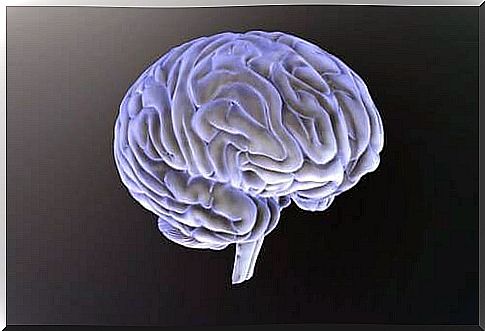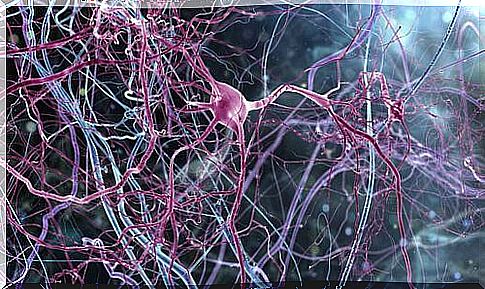The Brain Of Children With Autism Spectrum Disorders

If the brain of a child with autism spectrum disorders were a house, every room would be filled with noise, it would have complicated wires all over it and the walls would be very sensitive to almost all stimuli. This excess of synapses or neural connections causes special changes in each child.
Scientific progress does not matter. It is useless to continue learning about these neurological developmental disorders that affect a significant portion of our population. The lack of awareness, stereotypes and misconceptions we have about those who suffer from these disorders, prevents us from appreciating them as they are.
Undoubtedly, the problematic behavior of children and adolescents with ASF (autism spectrum disorders) can put their patience to the test. They may have a privileged mind or severe intellectual deficit. But despite their enigmatic world, they surprise us with their strengths, sensibilities, needs and affections.
Their families are commendable. They promote unceasing and energetic love that not only deals with stereotypes, but also tries to forge alliances with other social agents: doctors, specialists, teachers, psychologists and everyone else who is devoted to these children.
Therefore, we can help them by trying to understand their inner reality better. Let’s dive deeper into this.

The hyperconnection in the brain of children with autism spectrum disorders
In 2014, a group of researchers conducted a revealing study at Columbia University. The data in this study were published in the journal Neuron , and it explained two very important things:
- The already mentioned peculiarity of the brain of children with autism spectrum disorders: the excess of synapses or connections between neurons.
- An experimental treatment that can regulate hyperconnection (a solitary brain change that occurs at the age of three).
We must also keep in mind that in addition to this synaptic singularity, there are other associated problems. For example, communication problems between different brain groups.
The problem of synaptic pruning
From the moment we are an embryo to the age of two, an incredible process called synaptogenesis takes place in the brain. During this stage, up to 40,000 new synapses are created per second.
- During that time, children have more neurons than they need. Therefore, as the brain develops, the most useful connections will be myelinated and the rest will be eliminated.
- “Synaptic pruning” occurs mainly in the cerebral cortex. In this way, the processes that regulate executive functions such as thought, analysis, reflection and attention are strengthened.
- During adolescence, this pruning eliminates almost half of these cortical synapses.
- The study concluded that in children with ASF, this synaptic pruning achieved only 16% instead of 50%.

Corpus callosum and brain communication
The brains of children with autism spectrum disorders also have problems with a relevant and significant structure called the corpus callosum.
- This structure is the key to communication between different brain groups.
- Lynn Paul, a researcher at the California Institute of Technology , saw various changes in the autistic children’s corpus callosum. This can lead to problems in everyday social interactions, inability to understand different types of information, misinterpretation and a more rigid mental approach.
Heterogeneity of the brain in children with autism spectrum disorders
Researchers at Yonsei University College of Medicine in Seoul conducted a study that pointed out that neuroradiological findings were very heterogeneous. It is obvious that there are significant structural and functional abnormalities in the brain in children with autism spectrum disorders. However, it is very rare to see two identical brains.
- As a result, each child will undoubtedly exhibit different behaviors, deficits, and specifications within the autism spectrum.
- There are also genetic bases that affect neural circuits and the way brain groups communicate. This explains why some children have great intellectual potential, while others have serious problems with communicative processes.
- Nevertheless, the brains of children with autism spectrum disorders usually have difficulty processing social and emotional stimuli.
- This does not mean that these children do not feel emotions. In fact, it is quite the opposite. They need to feel loved, supported and validated. But they do not know how to react to such stimuli.

Conclusion
The MTOR protein is currently being investigated. According to various studies, this protein can prevent synaptic pruning. This process is very important as it allows the brain to create stronger neural connections.
However, it is not crucial to date. Therefore, we can only limit ourselves to knowing each child’s special needs and respond in the best way to adapt to their special characteristics.
Fortunately, the number of specialized professionals in this field continues to grow every day. There are currently many specialists who are concerned about these 2% of the population.
Our goal is to better understand the reality of this group of individuals because they can seem carefree and evasive. They may not want anyone to touch them or even look at them. However, we must remember that they want and need us. We should strive to better understand their inner world.








